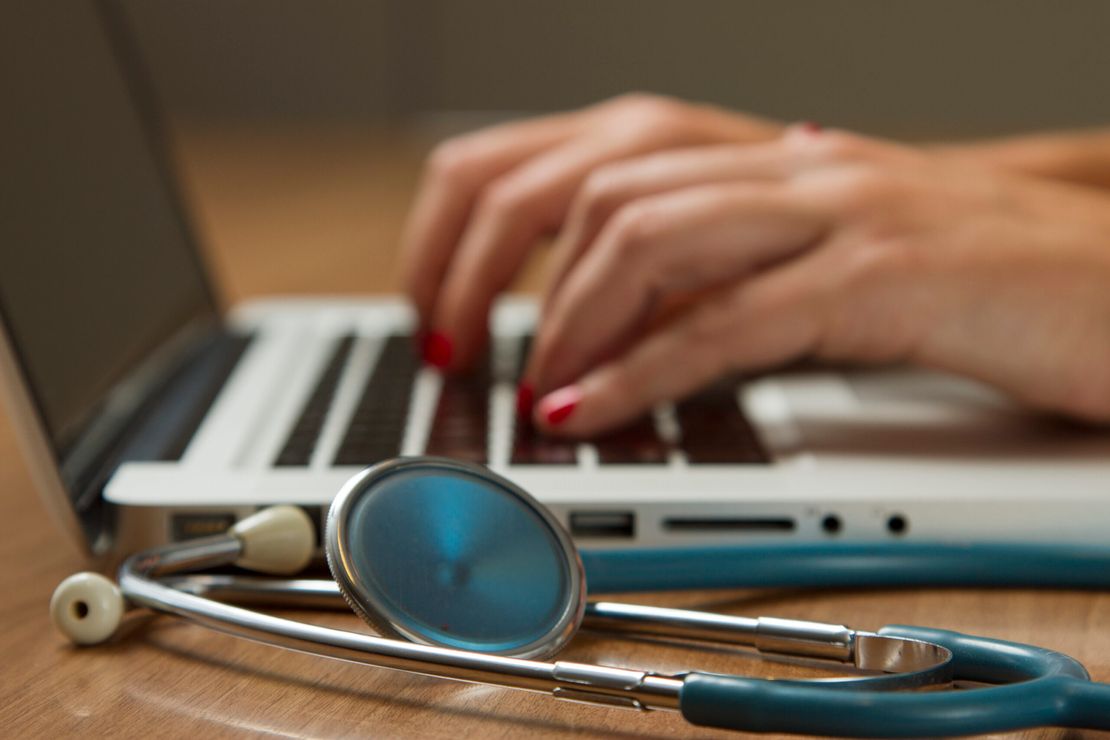For the most part, people trust their online community and appreciate hearing about the medical experiences, opinions and advice of friends and healthcare professionals. According to PwC Health Research Institute, 33% of U.S. consumers are using YouTube, Facebook and Twitter for health purposes. 90% of respondents from 18 to 24 years of age said they would trust medical information shared by others on their social media networks. Which major social media approaches are most inspiring this trust?
Preparation
Social media helped hospitals prepare for the influx of patients during the Boston marathon bombings. Real-time tweets and posts about current events allow doctors to be ready and waiting by the time they’re needed. The use of social media for crisis preparation improves hospital organization and efficiency, drastically affecting health outcomes, professional satisfaction and practice sustainability, the AMA’s three core areas of focus in the coming year.
Education
Live tweets of medical procedures give patients a first-hand look at the medical process, promoting health education among the public and increasing patient trust in physicians’ abilities. Not only does the live tweeting trend educate the public about little-known medical procedures, it also provides basic education for other doctors or those still in medical school. Live tweeting is a new educational tool similar to YouTube and podcasts.
Prevention
The Navy-Marine Corps Relief Society encourages patients to follow professional Facebook pages so nurses can keep tabs on troubling social media activity, a policy that has prevented at least 12 suicide attempts. Through medical marketing services, like social media, organizations help patients before patients even realize they need help. Learning how to spot worrisome social media activity helps doctors improve health preemptively.


